Protecting an expensive Leica body with a leather half case is a sensible move, although not everyone wants to pimp up what is from the outset a very functional and attractive product. Given the choice, however, I will always opt for a case because of its protection and added tactility.
There is a proviso, though. I also like handgrips and Leica’s grips are all ergonomically excellent, vastly improving the handling, especially when using heavier lenses. For the M, Arte di Mano has long produced a unique case which fits over the Leica grip. While it makes the camera considerably more bulky, it does look the business and faultlessly does its job of increasing protection and improving the handling. If you want the ultimate in handling, perhaps for a heavy Noctilux, this is the way to go (review below).
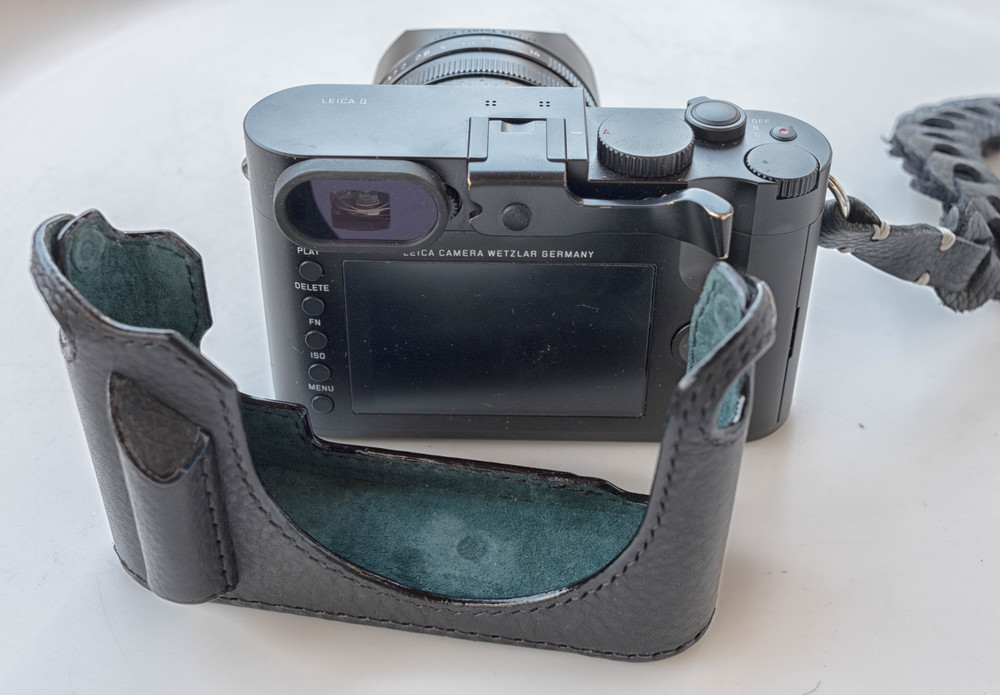
What has been missing, though, is a leather half case with a substantial grip built in. Many standard leather half cases, including those from Arti di Mano, include a very minimal grip, more a place to focus the fingers when holding the camera. They look pretty but do little to add to handling.
Now I have had the opportunity to sample Arte di Mano’s solution—a half case with the substantial and ergonomically crafted Aventine grip built in.
Monochom style
Sejun Kim at Arte di Mano, in Seoul, sent his new Leica Q case equipped with the Aventine grip. It’s one of the first off the production line and is a real stunner.
Like most other AdiM cases I have tried, this is in a soft Minerva black leather with black stitching and a dark green plush lining. You can choose other leathers and contrasting stitching, although you need to be careful.
In my opinion there is no doubt that the black-black combo is the safe choice. All these cases are made to order and it is tempting to go wild on the colours, possibly followed by regret.
The Aventine grip is just right for me. It looks good and it offers precisely the right amount of grip. Since I usually use wrist straps rather than neck straps, my cameras spend a lot of time dangling from the wrist. In such cases it is an advantage to have a grip (or a Thumbs Up, both if you are as daft as me) over which to hook two fingers.
But the big advantage of the Aventine grip is to provide that added bit of purchase when holding the camera in shooting mode while keeping the overall package light and compact.
The best and quickest way to get your hands on an Arte di Mano case is to order it direct from Sejun in Korea. The Arte di Mano website is in a rather confusing combination of English and Korean and can be a little difficult to follow, and the prices are quoted in Korean Won to boot. If you email your requirements to Sejun he will send you a quotation in US dollars and you can use PayPal to settle. Cases usually take three weeks to make and shipping (which costs extra) is another three or four days. I have always found Sejun to be totally reliable. He meets his deadlines and the cases are invariably perfect.
Here are some more reviews of Arte di Mano cases
Arte di Mano case for Leica M7 (red stitching)
Arte di Mano case for Leica M240 fitted with Leica handgrip
Arte di Mano case for Leica T
See below for price examples
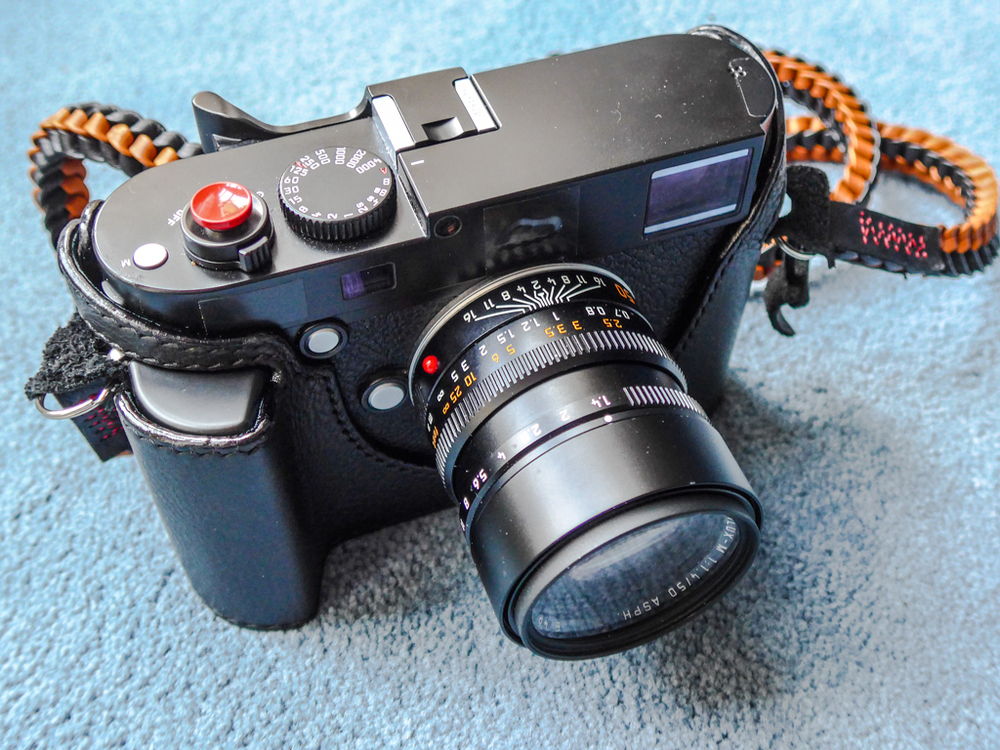
Price examples (all approximate and subject to currency fluctuations), based on Minerva leather:
- Leica Q, basic grip, no tripod thread, USD 320.00 (~£205)
- Leica Q, Aventine grip, with tripod thread, USD 460.00 (~£295) (as tested)
- Leica M240, Aventine, USD 490.00 (~£315)
- Leica M240, basic grip, USD 390.00 (~£250)
- Leica M240 case for camera and Leica handgrip, USD 450.00(Regular grip) (~£289) / USD 490.00 (~£315) (Multifunction grip)
Black snap buttons (instead of the chrome on the case tested) cost $10 (£6.40) extra
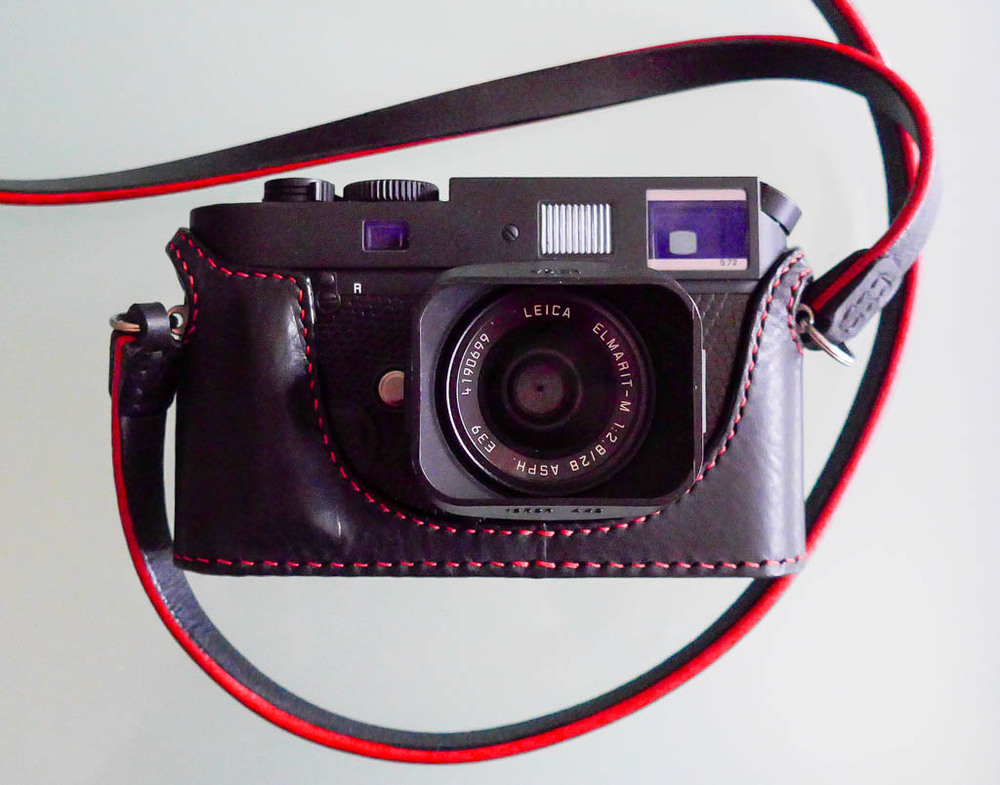
Angelo Pelle has also introduced a similar Leica Q case but with attractive metal grip

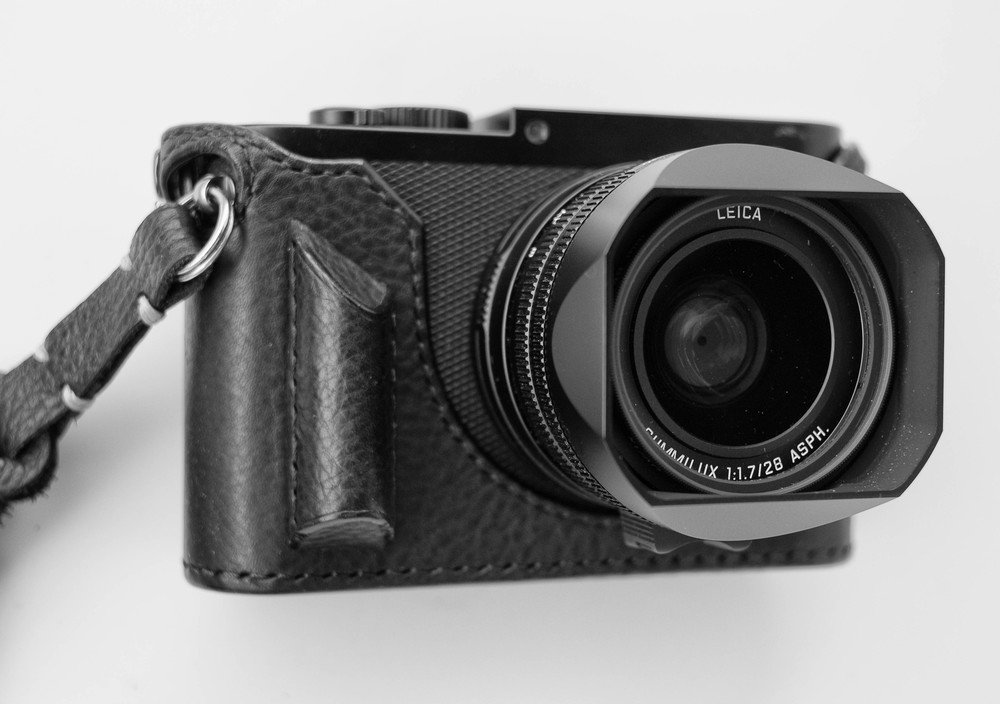
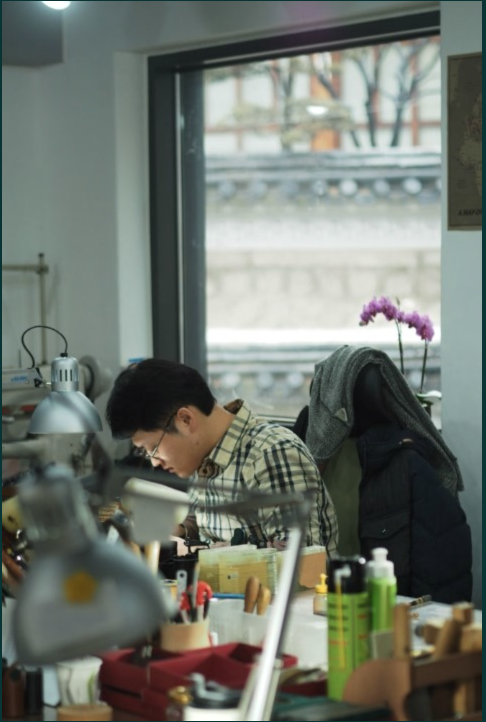
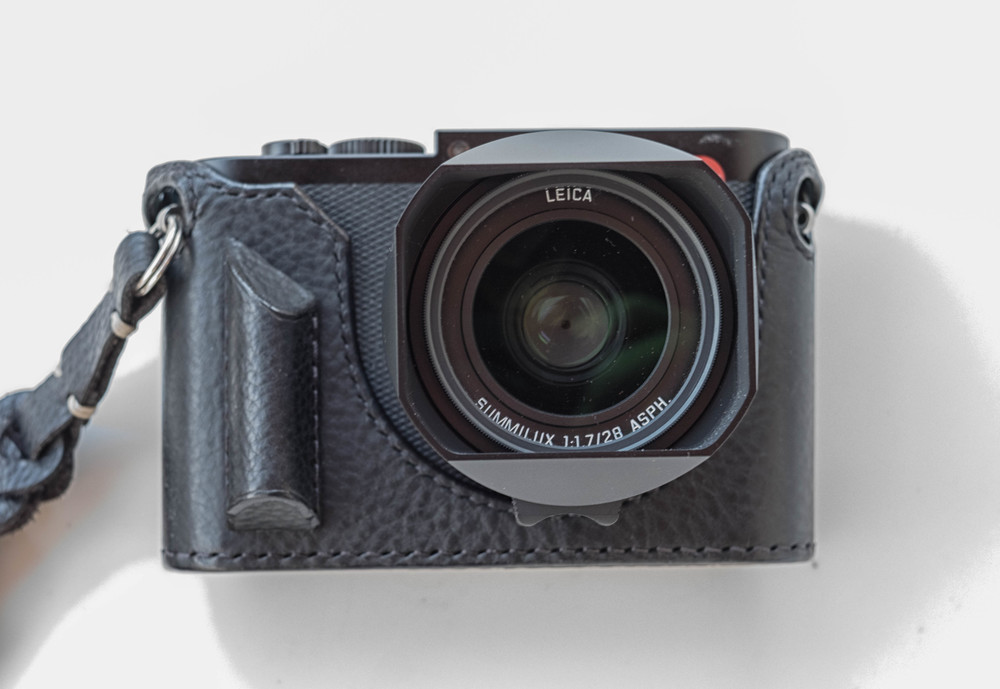
If anyone is interested, I have Mike’s previous Arte di Mano case for the M8/M9/ME/MM for sale. I’ve now sold my m8.2 to pay for a new Leica Q (I’m still sitting in a long queue!)